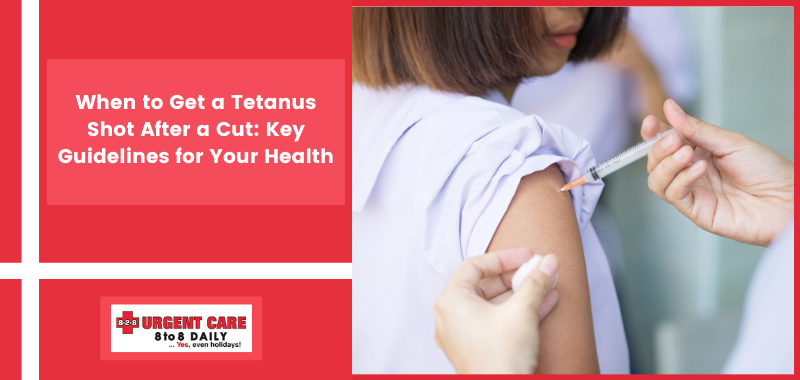


Even minor cuts, puncture wounds, or scrapes can allow Clostridium tetani, the bacterium responsible for tetanus, to enter the body. Once inside, it produces a powerful neurotoxin that affects the nervous system, causing severe muscle stiffness, lockjaw, and potentially life-threatening complications. Although tetanus is now rare in the United States due to widespread vaccination, it still causes around 50 cases annually, primarily in adults who are unvaccinated or overdue for a booster. Tetanus has no cure, prevention through vaccination is the only defense.
Tetanus is a serious bacterial infection caused by Clostridium tetani, which is commonly found in soil, dust, and animal feces. When this bacterium enters the body through a cut or wound, it releases a toxin that affects the nervous system, leading to muscle stiffness, spasms, and in severe cases, life-threatening complications.
Unlike other infections, tetanus doesn’t spread from person to person. Instead, it develops when bacteria enter the body through open wounds, particularly:
Without proper treatment, tetanus can cause severe muscle contractions, difficulty swallowing, breathing problems, and even death. This is why getting a tetanus shot after a cut is essential when there’s a risk of infection.
Not every cut or scrape requires a tetanus shot, but there are specific situations where one is recommended. General guidelines for when to get a tetanus shot after a cut include:
In general, if it’s been more than five years since your last tetanus shot and you have a high-risk wound, a tetanus booster shot is recommended.
One of the most common questions people ask is: tetanus shot, how often should I get one? The answer depends on your vaccination history and risk factors.
If you need a tetanus shot after an injury, you have several options. Many healthcare providers and pharmacies offer tetanus shots on a walk-in basis.
The process of how to get a tetanus shot is simple and quick.
Tetanus may be rare, but it remains a serious and preventable health risk, especially after injuries involving contaminated or deep wounds. Understanding when a tetanus shot is necessary, how often boosters are required, and the signs to watch for can make all the difference in preventing infection. Staying up to date with your tetanus vaccination is a simple yet critical step in protecting your long-term health.
If you’ve recently had a cut, scrape, or puncture wound and are unsure about your tetanus vaccination status, don’t take chances. At 8-2-8 Urgent Care, we provide timely tetanus shots and wound care to help you avoid complications. Don’t wait, just walk in or call us at (760) 216-6253, and our team will assist you with our easy mobile self-check-in from the convenience of your home.